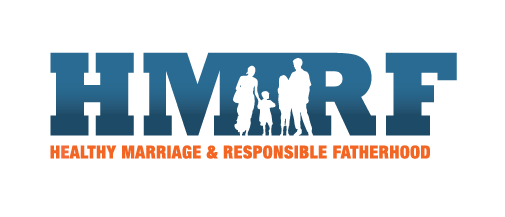HMRE Evaluation Data Tool
For more than 15 years, federally funded Healthy Marriage and Relationship Education (HMRE) programs have taught youth, individuals, and couples—either unmarried, married, or co-parenting—how to communicate effectively, manage conflict, identify signs of an unhealthy relationship, and apply other skills found to be important for developing and maintaining healthy and stable family relationships. During this time, large-scale, multi-site federal evaluation studies have assessed the effectiveness of HMRE programming on targeted outcomes.
This HMRE Evaluation Data Tool orients researchers to measures included in several of those federal evaluations: Supporting Healthy Marriage (SHM), Building Strong Families (BSF), and the healthy marriage component of the Parents and Children Together (PACT) evaluation. The evaluation data included in this tool are all publicly available. In addition to orienting users to the participant-level and program-level measures included in the HMRE evaluation studies, the tool also shares when those measures were collected. Users can compare the availability of measures across data sets to help identify the data set best suited to explore specific topics or questions. This tool focuses primarily on the direct survey and administrative measures collected, although it does include some constructed measures.




